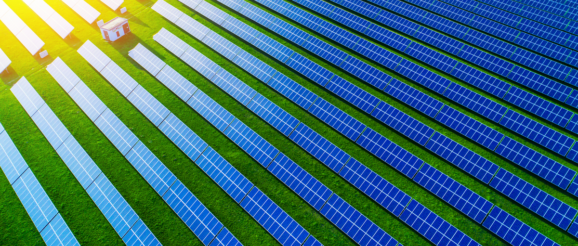U.S. Senate Passes American Energy Innovation Act | T&D World

The $900 billion COVID-19 relief bill passed this week by Congress and currently awaiting President Donald Trump’s signature into law contains limited relief for a country that is currently No. 1 in the world in COVID-19 infections, but allocates money and changes laws in other areas, including energy policy.
According to the Senate Committee on Energy and Natural Resources, key energy-related measures in the bill include energy efficiency; renewable energy; energy storage; carbon capture, use and storage; advanced nuclear; industrial and vehicle technologies; the Department of Energy; mineral security, cyber and grid security and modernization; and workforce development.
This act, called the American Energy Innovation Act, is contained within the omnibus relief bill, and runs about 500 pages of the bill’s 5,500 page length.
The bill, officially titled the Coronavirus Response and Relief Supplemental Appropriations Act, includes payments of $600 per person, smaller than the $1,200 payments from the March 2020 CARES Act. The additional provisions in the legislation have led to calls from many, including Trump himself, for the bill to be refined further and stay on the subject of COVID-19 relief.
Trump appeared on video Tuesday night to complain about the bill’s measures that have nothing to do with pandemic relief, but he has not yet specifically threatened to veto the bill, which passed with support from both parties. According to reports, Congress appears unlikely to take up Trump’s request to amend the bill.
The chair and ranking member of the committee, U.S. Sens. Lisa Murkowski, R-Alaska, and Joe Manchin, D-W.Va., said this is the first comprehensive energy policy the US has seen in 13 years.
“This bipartisan package will foster innovation across the board on a range of technologies that are critical to our energy and national security, our long-term economic competitiveness, and the protection of our environment,” Murkowski said.
Much of the act focuses on research and development of emerging energy technology, including small modular nuclear reactors, renewable permitting on federal lands, a revamp of the DOE’s carbon capture effort, a new focus on energy storage, programs to aid private nuclear fusion projects, new energy efficiency programs for federal buildings, reauthorization of ARPA-E, reforms of loan guarantee programs, and tech transfer programs for the DOE national laboratories.
“AEIA will improve the efficiency of everything from schools to data centers while promoting weatherization and smart buildings,” according to a release from the committee.
The legislation names just about every type of renewable energy generation.
“AEIA supports wind and solar technologies, extends hydropower incentives, modernizes marine energy research, and advances geothermal energy,” according to the release. “Energy storage is key to overcoming the variability of many renewable resources and will help stabilize the electric grid. AEIA promotes promising storage technologies and facilitates pumped storage from clean hydropower.”
The bill also prioritizes the role of the DOE and its labs and research programs in bringing new energy tech into reality.
“DOE is at the heart of innovation in the energy sector. AEIA brings the Department’s authorities into the 21st century, renews essential programs like ARPA-E, and provides strategic direction in groundbreaking areas like high-performance computing,” according to the release.
